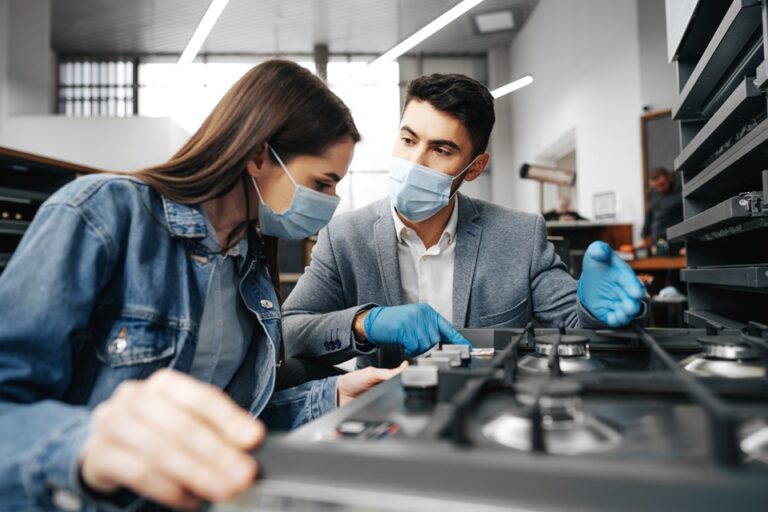Genuine replacement parts are crafted using strong, resilient materials and engineered to fit the manufacturer’s specific specifications. This helps them last longer and ensures a high return on investment. Using non-genuine parts can damage or ruin your appliances, costing you more money through repair costs and unplanned downtime.
Quality
The appliance manufacturer crafted Original OEM replacement parts and designed them to fit seamlessly with that specific model. This helps them work optimally and avoid incompatibility issues that can lead to costly repairs. Also, replacement parts are widely available for various types of appliances. Additionally, OEM parts are often backed by the manufacturer’s warranty and are more affordable than generic replacement options.
Generic replacement parts are typically crafted in factories that lack strict quality control and do not adhere to the appliance manufacturer’s technical specifications. As a result, they can wear down quickly, cause unforeseen complications, and have shorter lifespans than OEM replacement parts. This can cost businesses money in the long run as they spend more time and resources on finding a suitable replacement part. Moreover, repeated use of these components can damage other appliance parts, ultimately leading to more expensive repairs or a replacement appliance.
Durability
Using OEM parts means you can rest assured that your repaired appliance will be durable enough to retain its performance over a long period. OEM parts are more likely to last longer than aftermarket parts because they’re made from quality material tested and designed specifically for your appliance.
With regular appliance maintenance, homeowners can minimize unexpected breakdowns and expensive repairs. This approach also ensures that appliances perform optimally, increasing efficiency and better functionality. Additionally, properly maintained appliances can prevent safety issues such as clogged dryer vents and increase the device’s lifespan.
While OEM parts offer peace of mind, they have drawbacks. Choosing between aftermarket and OEM parts can be tricky, but understanding the pros and cons of each can help you determine which is best for your repair needs.
Warranty
When you use genuine spare parts in your appliances, you protect the manufacturer’s warranty. This can save you money in the long run on repairs or replacements. Non-genuine replacement parts often have different specifications and may cause unforeseen complications in your appliance or even damage other components.
Genuine OEM parts are manufactured by the same manufacturers that produce your appliances, so they’re designed to fit seamlessly and meet strict quality standards. This reduces the risk of unforeseen complications leading to more expensive repairs and extends your appliances’ lifespan.
Generic replacement parts might seem cheaper upfront, but they can cost more in the long run due to higher repair costs and shorter appliance lifespans. Using OEM parts will protect your investment and ensure a high return on your appliance maintenance. You’ll also be able to take advantage of the manufacturer warranty and support offered with genuine spare parts.
Safety
Genuine OEM parts are manufactured by the same company that makes your commercial-grade appliances. This means they’re designed to work with your appliance model for a perfect fit and maximum efficiency. On the other hand, generic replacement parts are produced by third-party manufacturers and are designed to be close substitutes for the original part. Using generic parts can damage your equipment and cause it to perform poorly or even fail prematurely, resulting in unplanned downtime and additional repair costs.
Another reason why it’s always a good idea to choose OEM parts is because they’re usually high-quality and built from strong, resilient materials. They’re also backed by warranties, which can help you save money on repairs in the future. In contrast, generic replacement parts don’t come with any warranty protection, leaving you to cover the cost of any potential failures or repairs out-of-pocket.


